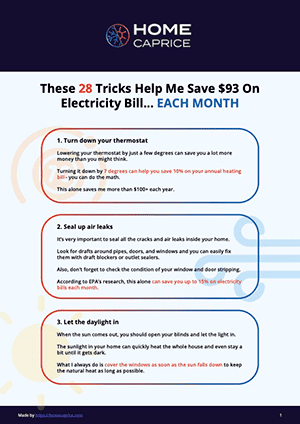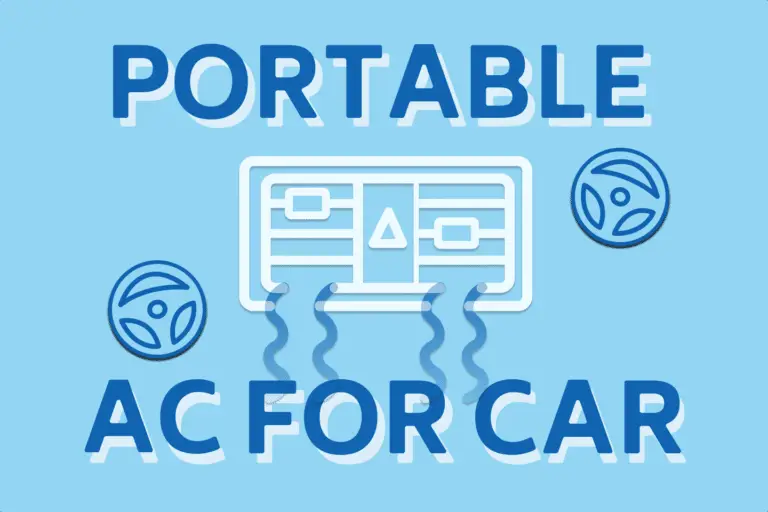Renowned for compact size, energy efficiency, and adaptability, mini-split air conditioners are an appealing cooling option, offering refuge from rising energy costs.
Their global residential market value is projected to surge from $58.5 billion in 2022 to $92.9 billion in 2031 as homeowners seek to eliminate drafty, fluctuating temperatures.
However, steep installation costs, limited lifespan, aesthetic issues, and performance quirks are potential drawbacks to these ductless models.
Key Downsides to Weigh Before Installing Ductless Systems
Here are the typical drawbacks associated with installing a mini split air conditioner:
1. Aesthetic and Practical Obstacles
Visual Intrusion
Although you can find some mini split air conditioners with sleek designs, a vast majority are conspicuous.
These units, whether clinging on walls or perched on rooftops, can be an eyesore, reducing your home’s aesthetic appeal.
Space Constraints
Finding the perfect spot or adequate room for installation is a challenge you could face when installing mini split air conditioners.
Indoor units need unobstructed interior wall space about 7-10 feet off the floor, away from sunlight and heat.
Install about 3 feet away from power cables and leave at least 6–12 inches of open space on each side of the unit.
On the other hand, outdoor systems must be installed about 3.28 feet from obstructions to facilitate unhindered airflow. Having an open space on all sides prevents vibration damage over time.
Ultimately, these space requirements may limit the unit you can install in your home.
Maintenance Challenges
Many homeowners can attest that maintaining indoor and outdoor mini split air conditioners is no easy feat.
It mainly entails cleaning the filters and coils to ensure they’re dust and debris-free. For most people, this can be time-consuming and tiresome.
Additionally, mini split air conditioners need servicing twice yearly, just before winter and summer.
These maintenance costs can be high, especially if you’ve just shifted from a traditional heating, ventilation, and air conditioning (HVAC) system that needs maintenance once a year.
Interior Design Impact
Another potential problem of installing a visible indoor mini split air conditioner is that it may clash with your home decor.
Most mini splits come in limited color choices. For that reason, finding one that matches your interior design can prove difficult.
With a few tricks, though, you can camouflage or draw less attention to your cooling units. For instance, create a strong visual emphasis elsewhere in the room. Alternatively, use plants to hide your mini split or install it on your ceiling where it will be out of sight.
2. Higher Upfront and Installation Costs
One major drawback of ductless mini-split air conditioners is their high cost, running $1,500-$2,000 per ton, over double the $400-$650 per ton for window units. Installation also requires hiring a professional, adding more expense.
Total costs grow with cooling multiple rooms due to needing various indoor heads. Installation in older homes can further complicate things if exterior walls lack adequate space for mounting units.
Without the right installation spot for the cooling device, you’ll certainly incur more costs creating it.
3. Performance Limitations
Despite their many advantages, mini splits also have performance limitations.
Cooling and Heating Capacity
Ductless mini splits are typically designed for small spaces. A 12,000 BTU unit, for example, can only efficiently cool about 550 square feet.
As such, these units are not your best option for cooling large spaces like warehouses.
You must install multiple units to achieve the desired temperature levels if you still choose them. This can be a tad expensive.
Climate Adaptability
Mini splits often exhibit performance challenges during harsh weather conditions. Temperature extremes can deter the devices from absorbing or ejecting heat. This leads to a decline in efficiency.
While some outdoor mini split air conditioners can withstand rain, others might experience issues during inclement weather like storms and flooding.
Noise Pollution
Most mini splits promise quiet operation. But there are some instances when they constantly make noise, negatively impacting your sleep cycle and other activities.
So, your device will make different noises based on its operation or condition:
- Popping/cracking: Occurs when the mini split releases excess heat. This prompts the unit’s plastic components to expand and contract due to temperature fluctuations.
- Rattling: Something could be stuck inside the condenser unit, or an internal component could be loose.
- Buzzing/humming: There’s a bad electrical connection, which usually happens when the mini split tries to use more power than it’s designed for.
- Swooshing: This happens when the device goes into defrost mode to prevent itself from icing over.
You shouldn’t stress over some of these noises because they are normal. Even so, others are a cause for concern.
For example, something might be off when your mini split air conditioner keeps switching to defrost mode. The sensors may be broken, or the circuit board could be faulty.
Zoning Limitations
Mini spits are designed to cool a specific room, limiting the zone where you can install them. These devices are unable to cool spaces farther away from them.
In larger homes and spaces with complex layouts, the limited range of the units’ airflow could result in uneven temperature distribution.
4. Longevity and Durability Concerns
While traditional HVAC systems can last up to 25 years, most well-maintained mini splits have a lifespan of about 10-15 years.
The shorter lifespan of these air conditioners can push away homeowners who don’t intend to sink their money into another device less than two decades later.
Some units may serve you for an even shorter duration if you use them often and neglect maintenance. Without it, expect frequent breakdowns and poor air quality.
5. Resale Value and Market Perceptions
Mini splits may devalue your home as some potential homebuyers negatively perceive them.
For instance, some deem the cooling systems less aesthetically pleasing. Therefore, they may hesitate to invest in a property with mini splits.
Besides, installing mini splits requires technicians to drill holes in walls. For some potential home buyers, this could be a turn off as it affects the property’s visual integrity.
Since ductless mini splits are still new to the US real estate market, many homebuyers are still uncertain about them and the benefits they bring to the table.
6. Environmental and Health Concerns
Mini splits are prone to refrigerant leaks resulting from loose connections and manufacturing defects. These leaks can also happen if the units’ coils have cracks or holes.
Unfortunately, the refrigerants, which include chlorofluorocarbons (CFCs) and R-410A, contribute to greenhouse gas emissions and climate change.
Again, mini splits can cause air quality issues if improperly maintained. They often accumulate dust, increasing your risk of respiratory infections and impaired lung function.
7. Limited HVAC Professional Familiarity
Although the mini split market continues to expand, some HVAC technicians know little about these systems.
Thus, finding a professional to install your mini split air conditioner properly can be challenging. Moreover, some might even damage your system during repair, forcing you to incur unimaginable losses.
But that’s not to say hiring a qualified and experienced HVAC tech to install and repair your cooling unit is impossible. You can land one by analyzing their reputation based on customer reviews and ensuring they are NATE-certified.


Download this FREE cheat sheet to find 28 tricks that can help you save on your electricity and heating bill each month.
Click here to get a FREE Cheat-Sheet![Trane XV18 Air Conditioner After 1 Year [In-Depth Review]](https://homecaprice.com/wp-content/uploads/trane-xv18-review-768x512.png)

